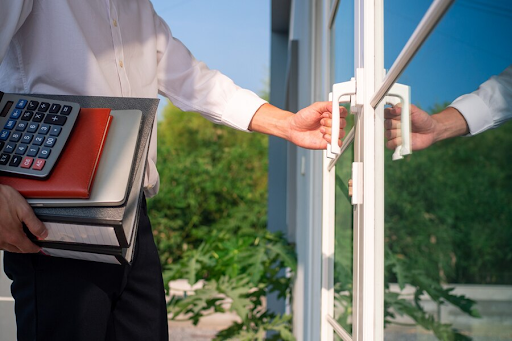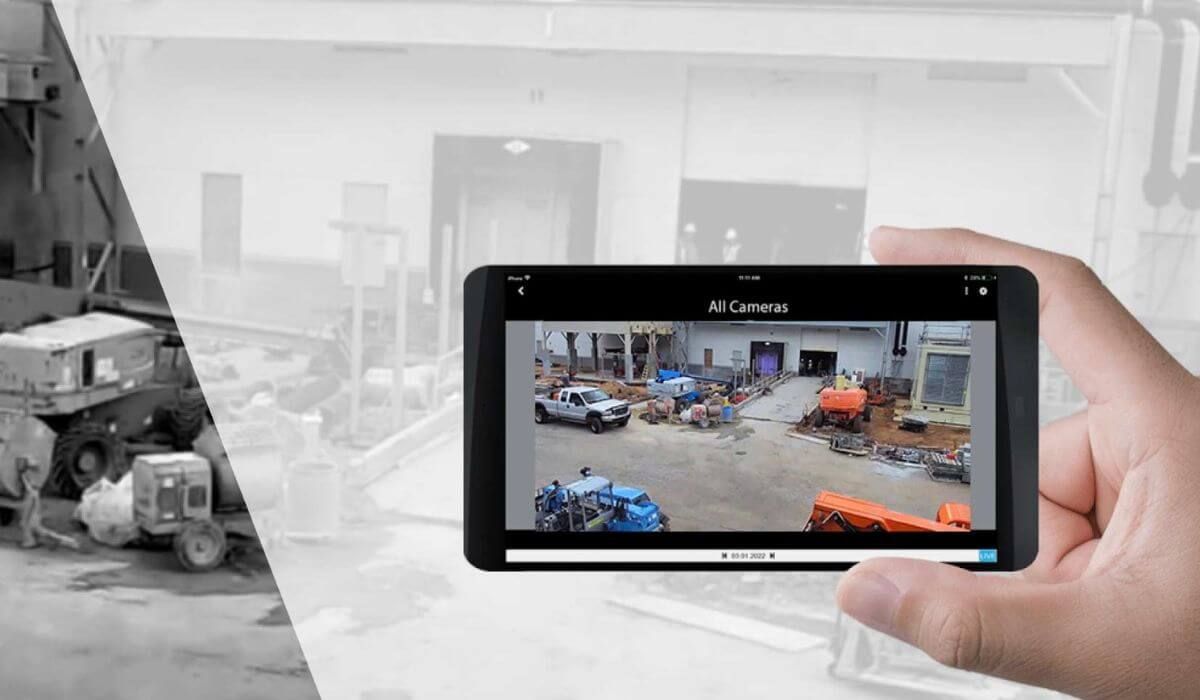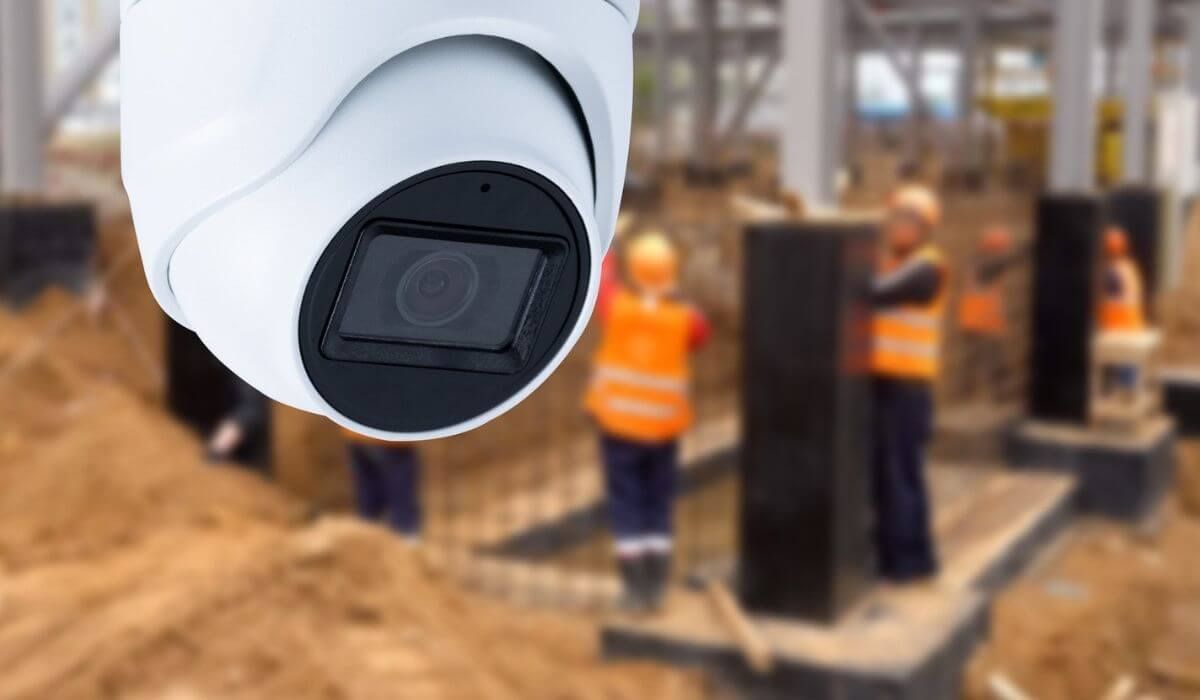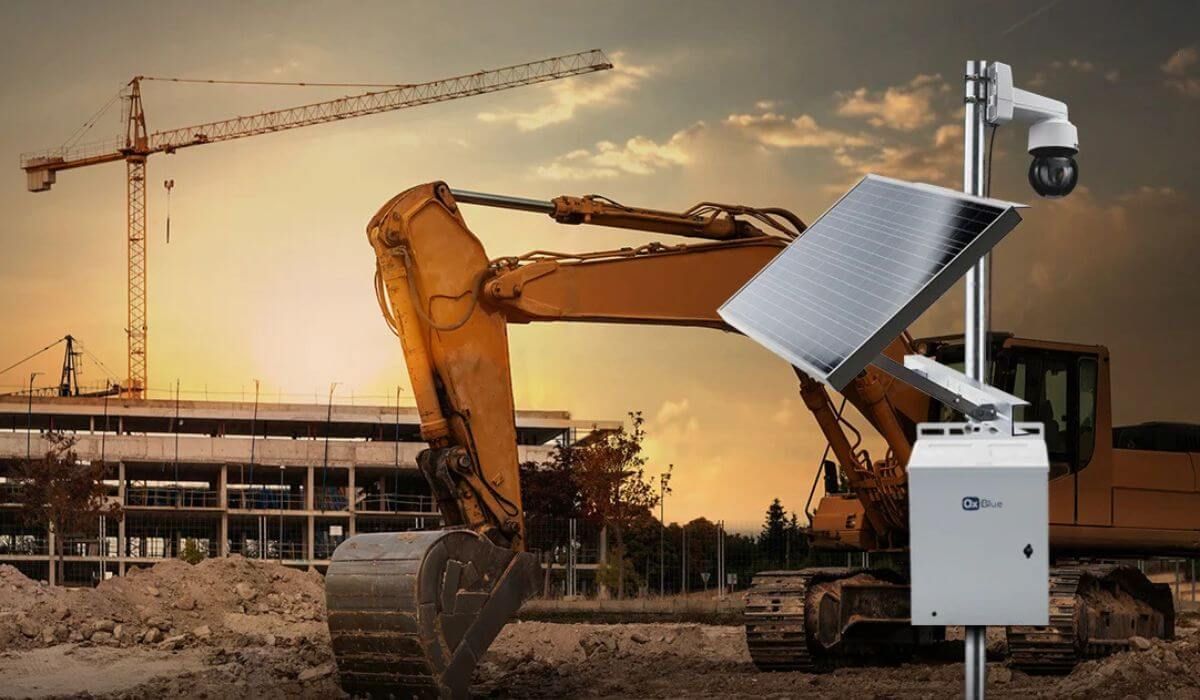DIY Window Security Techniques: Installing Security Films
Window security is a crucial aspect of home safety, often overlooked by homeowners. Windows are common entry points for burglars, making it essential to enhance their security. Window security films are a cost-effective, efficient solution that can significantly improve your home’s protection. This article will guide you through the process of selecting and applying security films yourself, ensuring your windows are more secure.
Understanding Window Security Films
Window security films are thin layers of polyester or other materials applied to glass surfaces. These films are designed to hold the glass together in case of impact, reducing the risk of break-ins and minimizing damage from environmental factors like storms. By reinforcing the glass, security films make it harder for intruders to shatter windows and gain entry to your
home.
Types of Security Films Available
There are various types of security films, each serving different purposes:
- Solar Films: These films provide UV protection and reduce heat gain, improving energy efficiency.
- Safety Films: Designed to prevent glass from shattering, these films enhance security and protect against accidents.
- Privacy Films: These films obscure visibility from the outside, increasing privacy while allowing natural light to enter.
Benefits of Installing Window Security Films
Installing window security films offers numerous advantages:
Enhanced Security
Security films make windows more resistant to breakage, deterring burglars and protecting your home from forced entry.
UV Protection
Solar films block harmful UV rays, preventing fading of furniture and flooring while reducing glare and heat inside your home.
Privacy
Privacy films obscure the view from outside, ensuring that your home’s interior remains private without sacrificing natural light.
Cost-Benefit Analysis of Window Films
Window security films are an affordable security measure that can yield significant returns on investment. They improve energy efficiency by reducing heat gain, leading to lower energy bills. Additionally, by preventing break-ins, they can save you from potential loss and damage costs.
Step-by-Step Guide to Installing Window Security Films
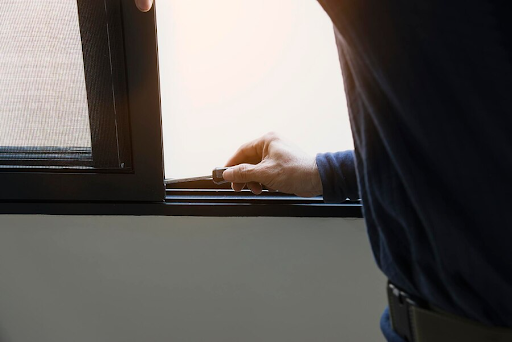
Installing window security films is a straightforward DIY project. Follow these steps to ensure a proper application:
Necessary Tools and Materials
- Window security film
- Squeegee
- Application solution (or a mix of water and a few drops of dish soap)
- Utility knife or cutter
- Measuring tape
- Spray bottle
- Lint-free cloth
Installation Steps
- Measure and Cut: Measure your windows and cut the film to the appropriate size, leaving an extra inch on each side for adjustments.
- Clean the Windows: Thoroughly clean the window surface to remove any dirt, dust, or grease. A clean surface ensures better adhesion of the film.
- Apply the Solution: Spray the window with the application solution to make it easier to position the film.
- Place the Film: Peel off the backing from the film and carefully place it on the window, starting from the top and working your way down.
- Smooth Out Air Bubbles: Use the squeegee to smooth out any air bubbles or wrinkles, starting from the center and working towards the edges.
- Trim the Excess: Use the utility knife to trim any excess film from the edges of the window.
- Final Squeegee: Give the film a final pass with the squeegee to ensure it is securely attached and all bubbles are removed.
Tips for Maintaining Your Window Security Films
Proper maintenance is essential to ensure the longevity and effectiveness of your window security films:
- Regular Cleaning: Clean the films with a mild, non-abrasive solution to prevent scratches and maintain clarity.
- Avoid Harsh Chemicals: Use gentle cleaning products and avoid harsh chemicals that could damage the film.
- Inspect Regularly: Periodically inspect the films for any signs of damage or wear.
Repairing and Replacing Security Films
If the film gets damaged, you can repair small tears with clear tape. However, for significant damage, it's best to replace the entire film. Carefully remove the damaged film and follow the installation steps for the new application.
Conclusion
Enhancing window security with DIY techniques such as installing security films is an effective way to protect your home from break-ins and damage. By following this guide, you can implement this affordable, efficient solution and increase your home’s safety and peace of mind. Take action today to secure your windows and contribute to a safer community.
For more personalized advice and professional security solutions in Sydney, contact Scavi. Our team is dedicated to helping you achieve the highest level of
home security.
FAQs about Security Films
Can security films be applied to any type of window?
Yes, security films can be applied to most types of glass, including standard, tempered, and laminated windows. However, curved or textured glass surfaces may pose challenges.
How effective are security films in real-world burglary attempts?
Security films are highly effective in real-world scenarios. They hold the glass together, making it difficult for burglars to break through. While not entirely burglar-proof, they significantly delay entry, increasing the chances of the intruder being caught or deterred.

